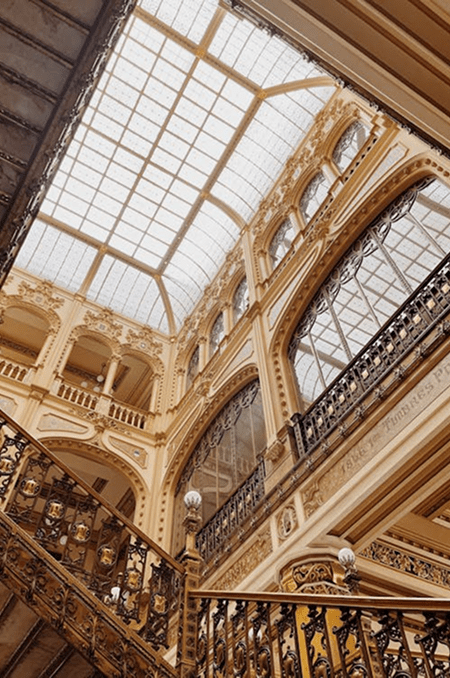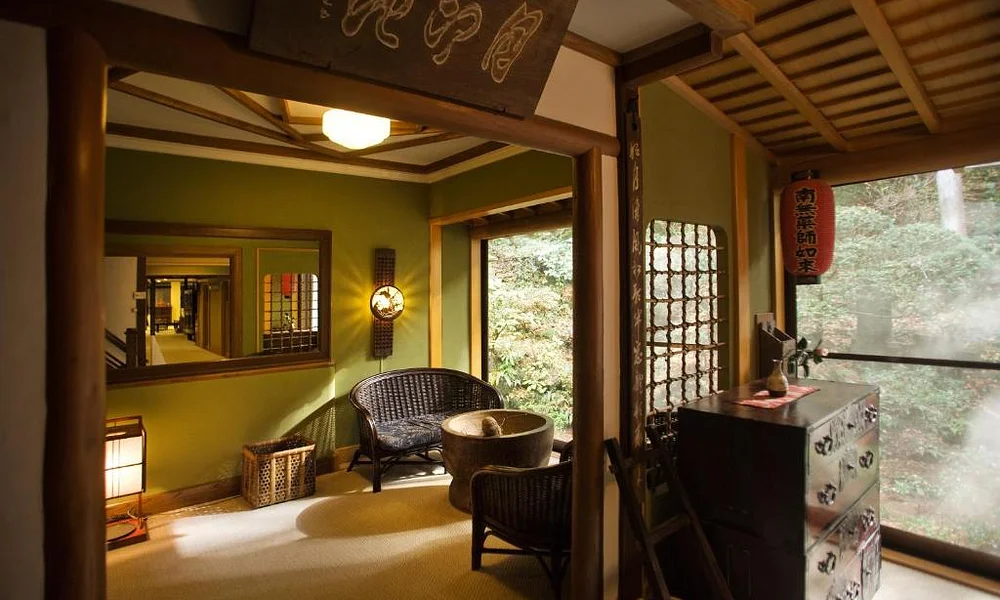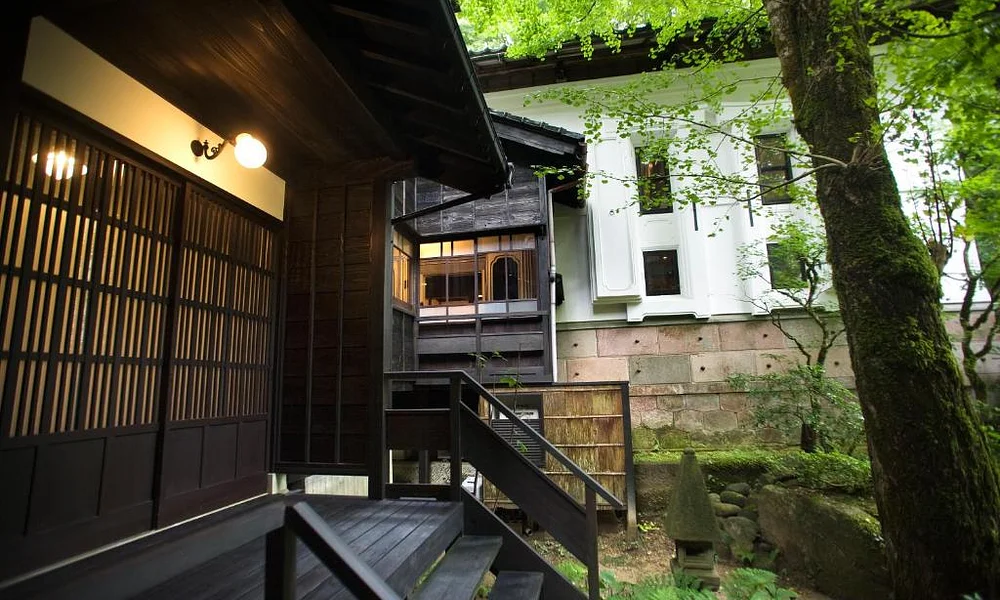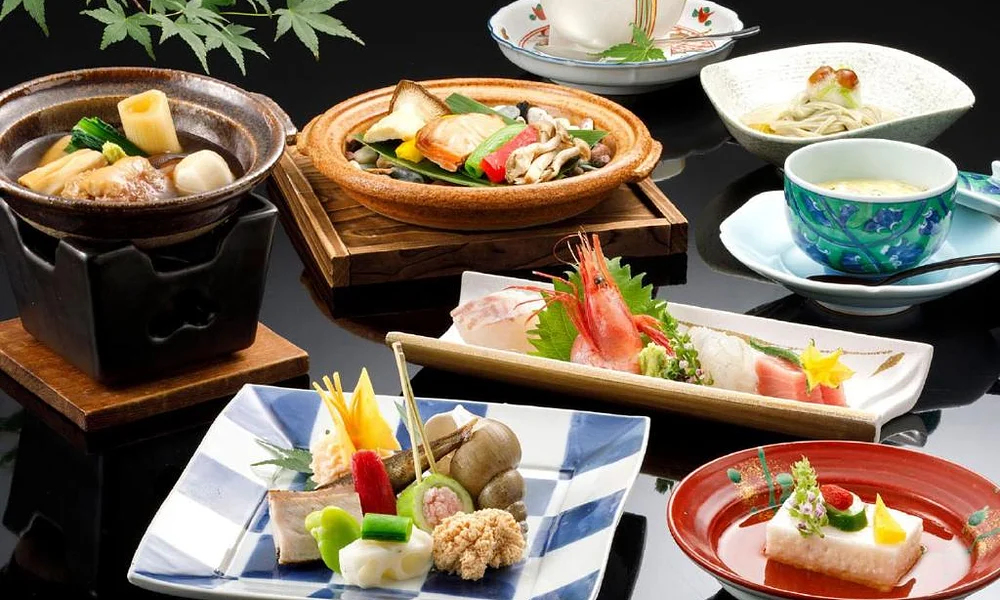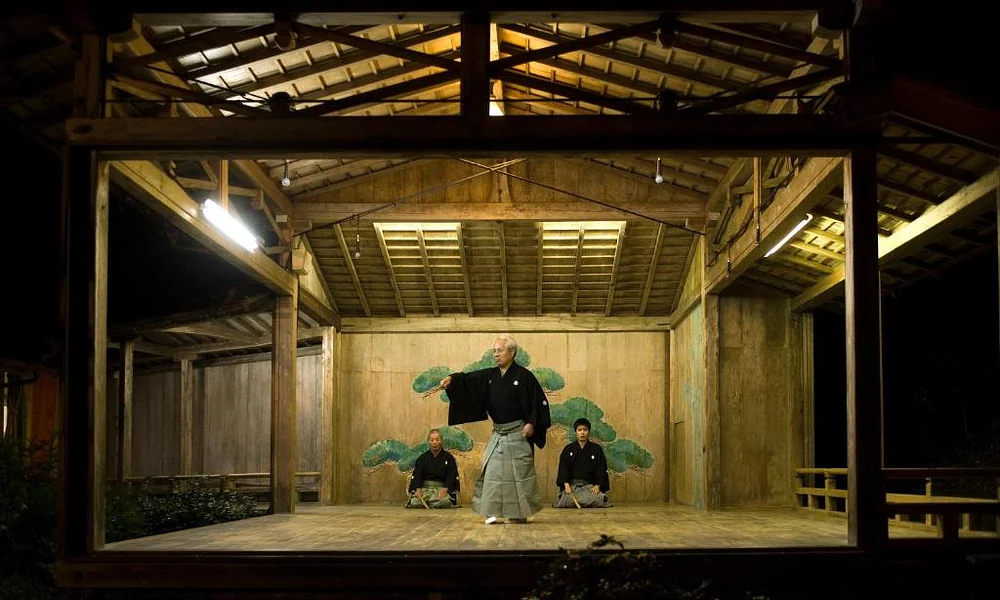Ryokans
(124)
Castles
(36)
Havelis
(48)
Machiya
(98)
Chateaux
(84)
Chain Hotels
(74)
Manors
(8)
Onsens
(4)
Royal Residences
(38)
Forts
(20)
List Your Property
Book an Event Venue
